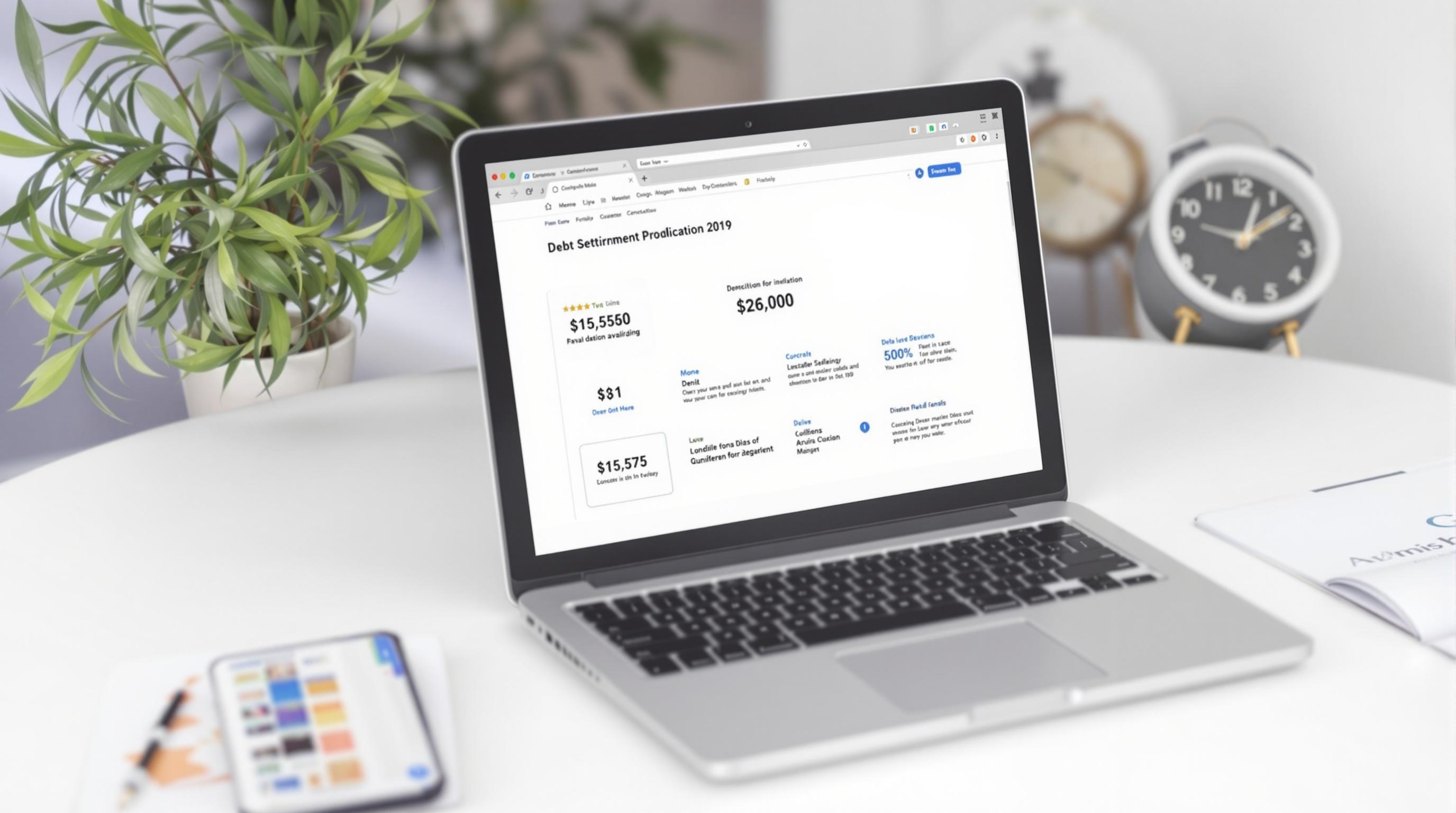Related Articles
- When Creditors Turn Aggressive: Navigating the Legal Gray Zones of Unconventional Debt Collection Practices
- Top 7 Innovative Credit Tracking Apps From the Past Five Years That Are Redefining Financial Control
- How Shifting Debt Across Cards Influences Consumer Behavior Patterns Few Analysts Ever Consider
- Top 5 Lesser-Known Debt Management Apps From the Last 5 Years That Actually Outperform Classic Snowball Methods
- Unlocking the Quiet Power of Micro-Investments in Alternative Assets to Shift Your Financial Reputation Gradually
- 7 Revolutionary Secured Loan Solutions Debuting Since 2019 That Tackle Risk Differently and Boost Borrower Confidence
How Blockchain is Quietly Reshaping Debt Agreements Behind the Scenes You Didn’t Know About
How Blockchain is Quietly Reshaping Debt Agreements Behind the Scenes You Didn’t Know About
Blockchain technology is transforming debt agreements quietly but profoundly, creating new avenues for transparency and efficiency in financial contracts. This article explores how it’s reshaping traditional lending, enhancing trust, and reducing costs behind the scenes.
The Quiet Revolution in Debt Agreements
Imagine a world where debt agreements are no longer buried in piles of paperwork or locked behind opaque processes. Instead, they exist on a secure, transparent blockchain ledger accessible to authorized parties anytime, anywhere. This isn’t some far-off futuristic scenario; it’s happening now, and the implications are enormous.
From Complexity to Clarity
Debt contracts are notoriously complex, often laden with legal jargon, multiple parties, and layers of convoluted terms. Enter blockchain—a distributed ledger technology that records transactions immutably and transparently. By encoding debt agreements as “smart contracts,” payments, penalties, and interest accrual can be automated and verified without human intervention. This automation reduces disputes and increases confidence among lenders and borrowers alike.
Case Study: Propy’s Debt Platform
Propy, a real estate-tech startup, has pioneered the use of blockchain in mortgage lending to streamline home loan approvals. By leveraging blockchain, Propy reduced the cycle time for mortgage approvals from weeks to days, while maintaining strict compliance. This efficiency translates into cost-saving and improved customer satisfaction.
Statistics That Paint the Picture
According to a Deloitte report released in 2023, over 60% of financial institutions are actively exploring blockchain applications for loan processing and debt management. Even more striking, 45% cited smart contracts as a primary driver for enhancing transparency in lending.
Conversational Perspective: A Chat Over Coffee
“You know, I always thought blockchain was just about Bitcoin and digital money,” my friend Sarah said during a recent chat. “But hearing how it’s being used to actually make borrowing simpler and safer? That’s pretty cool.” That’s the beauty of this technology—it’s quietly embedding itself into everyday financial interactions we often overlook, like debt agreements.
Democratizing Debt Access
Blockchain is also key to creating decentralized lending platforms, removing traditional gatekeepers such as banks. Platforms like Aave and Compound allow people across the globe to lend or borrow without intermediaries, using cryptocurrencies as collateral. This opens credit access to individuals and businesses underserved by traditional finance systems.
Formal Explanation: The Technology Under the Hood
At its core, blockchain utilizes cryptographic hashes to link blocks of transactions, rendering tampering practically impossible. In debt agreements, these blocks can represent individual payment records or contract updates. Smart contracts, self-executing with predefined conditions, ensure compliance and instant enforcement of terms without manual oversight, reducing operational risk.
Humorous Take: A Debt Agreement Walks Into a Blockchain...
So a debt agreement walks into a blockchain bar. The bartender says, “I don’t serve complicated contracts here.” The debt agreement replies, “Relax, I’m now a smart contract—fully automated and transparent!” The bartender nods, “Well, then, welcome to the future.”
Challenges: Not All Smooth Sailing
Despite the promise, blockchain adoption in debt agreements faces hurdles. Regulatory uncertainty remains a major concern, as laws struggle to keep up with technology’s rapid pace. Additionally, integrating blockchain with existing legacy systems can be costly and technically challenging. Privacy issues arise since financial information on public blockchains can be visible, requiring sophisticated encryption solutions.
Storytelling: A Borrower’s Journey
Meet Jake, a small business owner struggling to secure a loan through traditional banks. His paperwork stack was overwhelming, and waiting weeks for approvals restricted his ability to expand. By turning to a blockchain-powered lending platform, Jake’s loan was approved through a transparent smart contract within days. The automated system ensured timely repayments, boosting Jake’s creditworthiness and business growth.
Persuasive Note: Why Stakeholders Should Embrace Blockchain
For lenders, blockchain reduces the risk of fraud and defaults by providing real-time updates and immutable records. Borrowers benefit from faster approvals and lower fees due to diminished reliance on intermediaries. Regulators gain clearer audit trails enhancing oversight capabilities. In essence, blockchain builds a win-win-win ecosystem that propels the financial industry forward.
Global Impacts and Future Outlook
In emerging economies, blockchain-powered debt agreements could revolutionize lending by building trust where institutions lack credibility. The World Economic Forum predicts that by 2026, up to $5 trillion in global loans could be supported by blockchain infrastructure, emphasizing its growing traction.
Closing Thought: The Invisible Hand of Blockchain
Though blockchain's role in debt agreements may often go unnoticed by the everyday borrower, its steady infusion behind the scenes is reshaping finance fundamentally. As transparency, security, and efficiency improve, the silent revolution in debt contracts is just beginning—and every stakeholder stands to gain.




